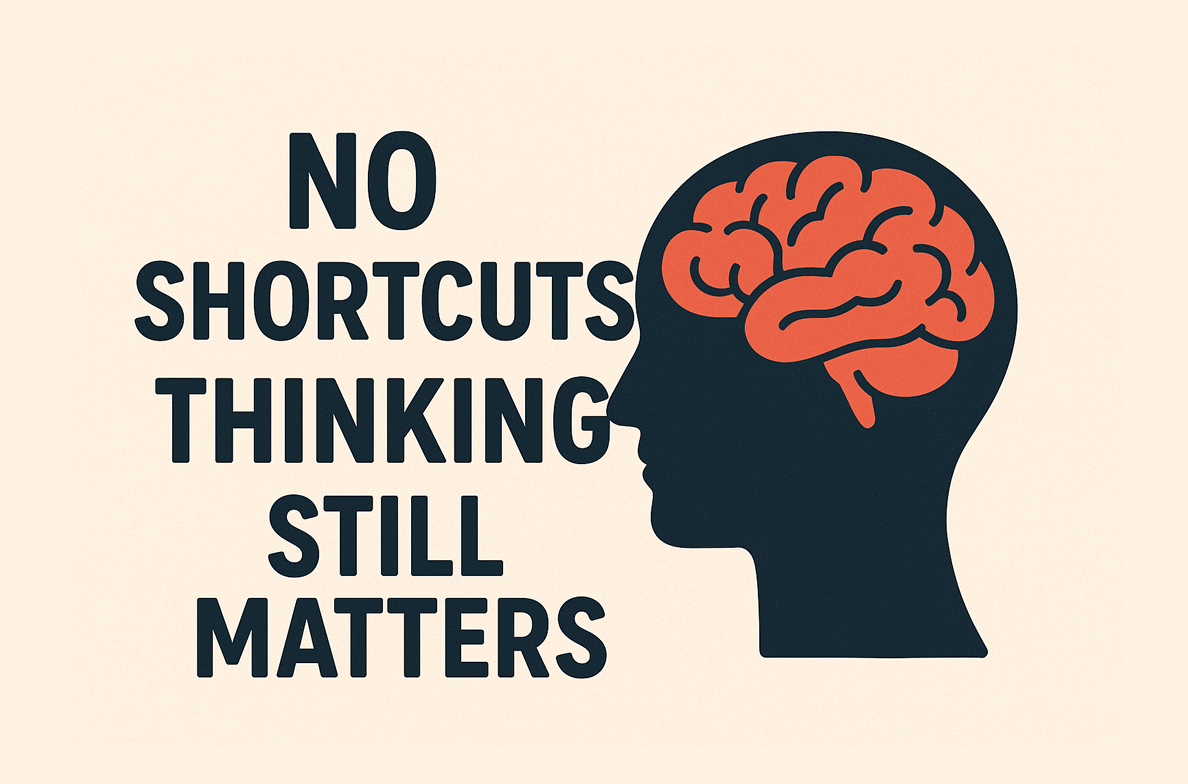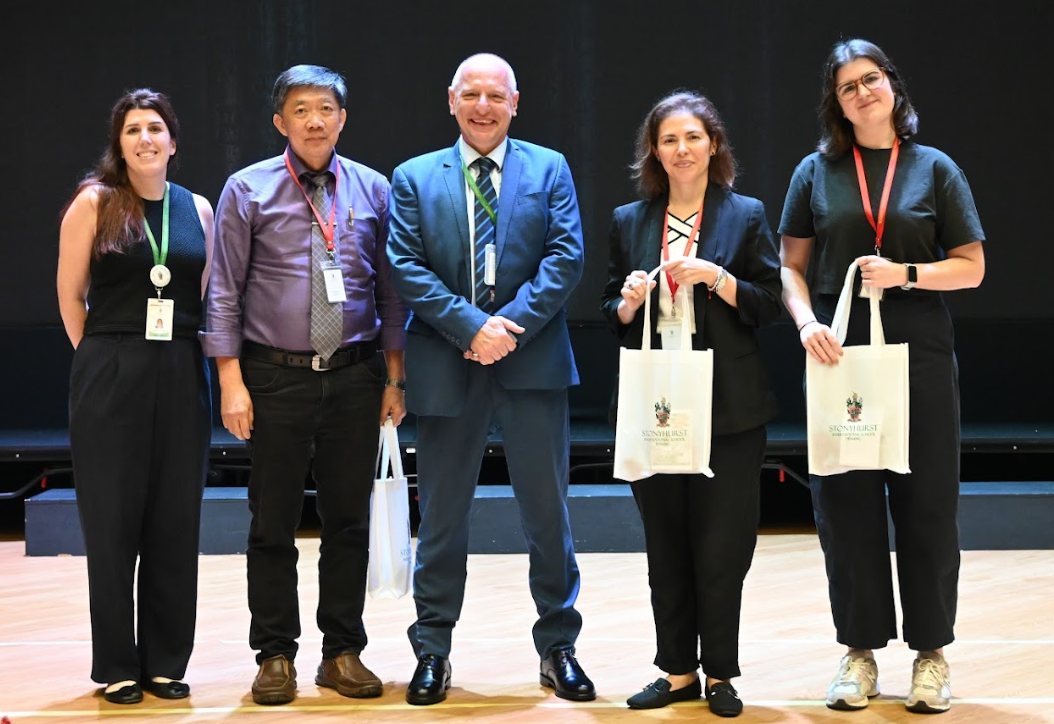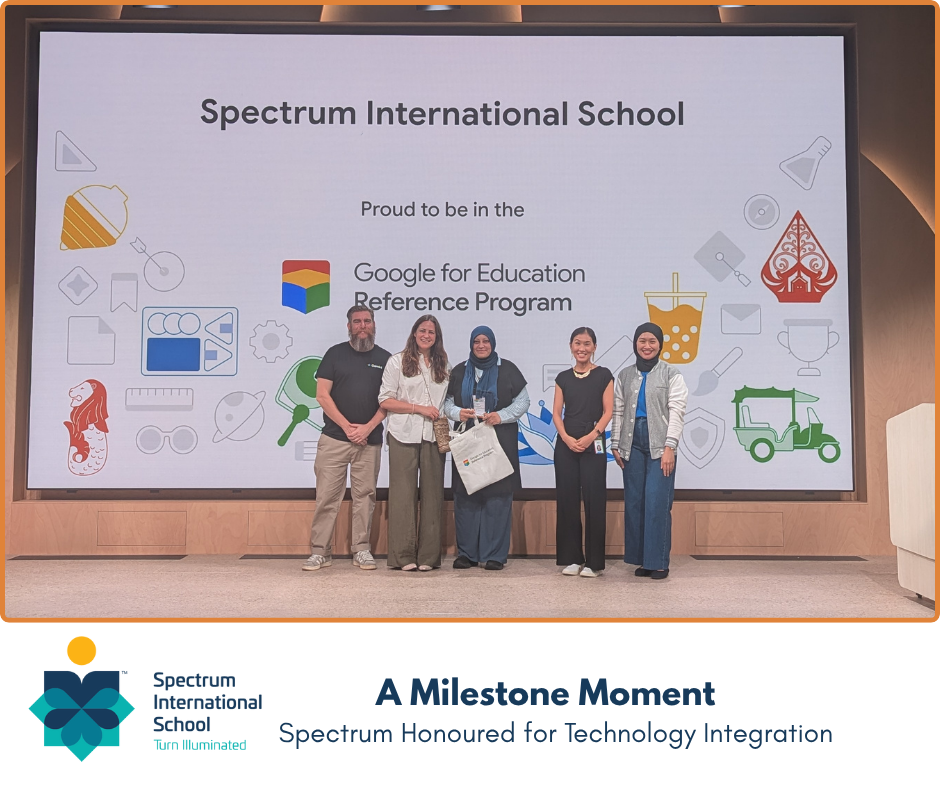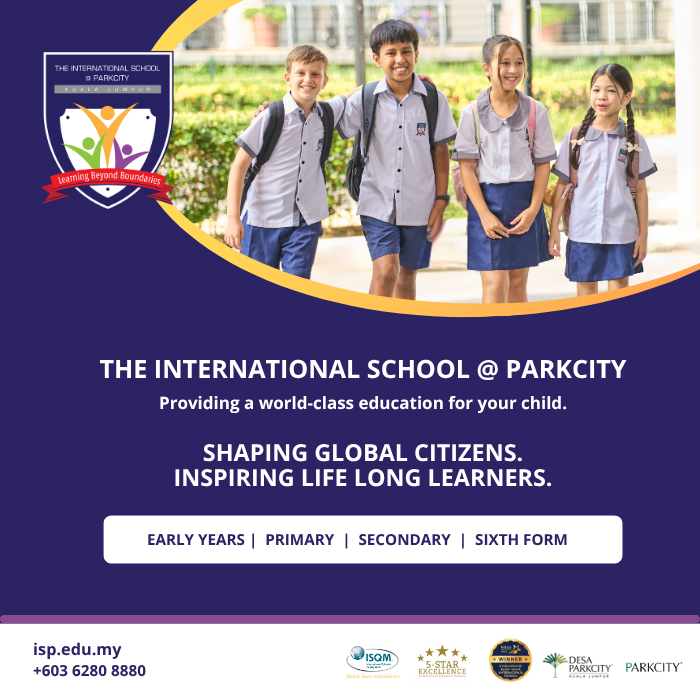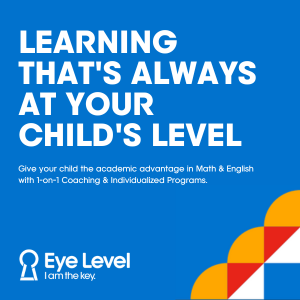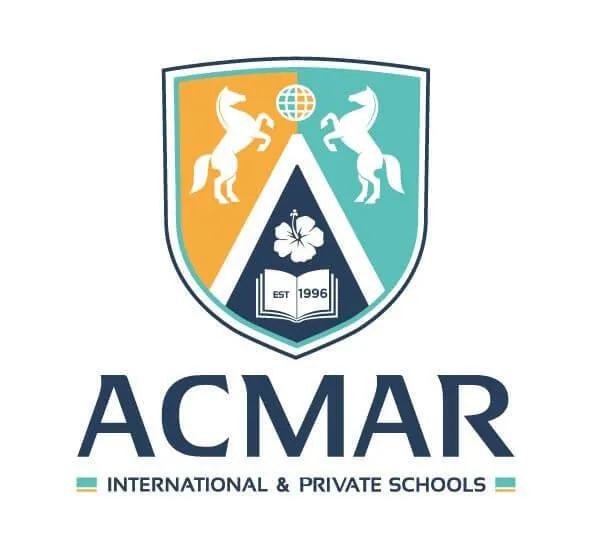
Here’s a question that many new parents sometimes ask soon after attending TweedleWink lessons with their child:
QUESTION: Why teach children about seemingly complex concepts like fractals, the Fibonacci Sequence, and the Golden Ratio? Isn’t it better to wait a bit longer until they are older and can comprehend these concepts more consciously?
ANSWER: The right brain observes and records patterns quickly. Fractals, ratios and spirals are all just patterns. If your child has studied a leaf up close, or climbed a tree, or walked in a garden and sat down to look at how sprouts grow and develop, they’ve already seen the Fibonacci sequence in action. Our lessons only isolate and highlight the formula.
Much of what we see around us is based on patterns.
When children "see" these patterns early in life, it makes an impact. The subconscious builds an image library. When the conscious mind is developed enough, and creatively free to connect to it -- EUREKA! Amazing things can happen.
Story: MEET AIDAN
The family of eleven-year-old Aidan wanted to install a solar panel system to help power their Long Island house. But after conducting some preliminary research, they realized that their yard was too small, and their roof just wasn’t suitable.
One cold day, Aidan was staring at bare tree branches when he observed that although all trees are naturally unique and different, there was a certain similarity to their branch patterns. He wondered what struck this chord of similarity in his observation.
His parents encouraged him to research the subject.
In some Google searches that he performed, he found out that a mathematical concept called the Fibonacci number sequence underlies the arrangement of tree branches.
Then in a separate (but inspired) observation, Aidan realized there would be enough room for a tree to grow and thrive -- IF ONE HAD BEEN THERE -- in their small but open back yard.
So if a tree could gather enough sunlight to "power" its existence in the limited yard space, why couldn’t solar panels work?
Perhaps, Aidan postulated, trees arranged their branches in such a way so as to maximize their collection of sunlight. If he used the Fibonacci sequence to imitate nature’s tree design -- with solar panels standing-in for branches and leaves -- maybe a solar structure could fit into his family’s small yard, look aesthetically pleasing -- AND power the house.
He did chores to earn money to buy about $75 worth of materials. With help from his father -- and after many mistakes -- Aidan produced two models with which to run some tests: a traditional flat-panel solar array, and a tree-shaped solar collector designed to mimic the branches and leaves arrangement of an oak tree.
Over the course of several months, he measured the output data from both models. To his delight, the solar panels with a tree structure’s pattern arrangement mimicking the Fibonacci number sequence had an overall output higher than the typical flat arrangement of the same number of solar panels.
Exuberant, he submitted his results to the Young Naturalist Awards, a national contest run by the American Museum of Natural History. And he won!
This is a true story, and was reported by Sophia Hollander in the Wall Street Journal in a feature she did on Aidan, published in January, 2012.
RIGHT BRAIN POINTS to remember:
(1) The right brain learns best through curiosity-driven passionate learning.
(2) All images taken in, beginning from a VERY EARLY AGE, become a part of a vast mental library that the right brain utilizes and accesses subconsciously when working with design, invention and creative problem solving.
(3) For young children, flashcards and ample nature walks provide wonderful opportunities to create a high-quality mental library.
(4) As your child grows and develops, they will continue to crave information. That is, they will continue to crave the LEARNING PROCESS! The internet (in proper, supervised moderation) provides visual images to a right-brain mind quickly -- responding to its need for fast input.
(5) Nature provides rest, solace, energy recharge and... inspiration for the right brain!
Happy learning!

TweedleWink is an American right brain early learning program that takes advantage of your child’s "absorbent mind" stage when your child is already functioning primarily in the "right brain" learning state -- the state where your child can absorb vast quantities of knowledge, and has natural access to his or her emotional and creative potential. We combine this right brain approach with the principles inspired by early childhood educator Maria Montessori -- that of respecting your child’s natural and enthusiastic desire to learn.
TweedleWink Right Brain Kids is our center where we offer a daily preschool program and weekly training sessions presented by specially trained TweedleWink teachers in an atmosphere of happiness and respect.
At TweedleWink, we look to your child’s future. Build your child’s future NOW with TweedleWink!
To find out more about a TweedleWink Learning Center in the Kuala Lumpur area, call 03-7710 1090.
About the author: Pamela Hickein, a mother of four, is the author of Right Brain Education: Changing the World One Heart at a Time, and the creator of TweedleWink™ and Wink International Right Brain Learning Centers, products and training programs.













